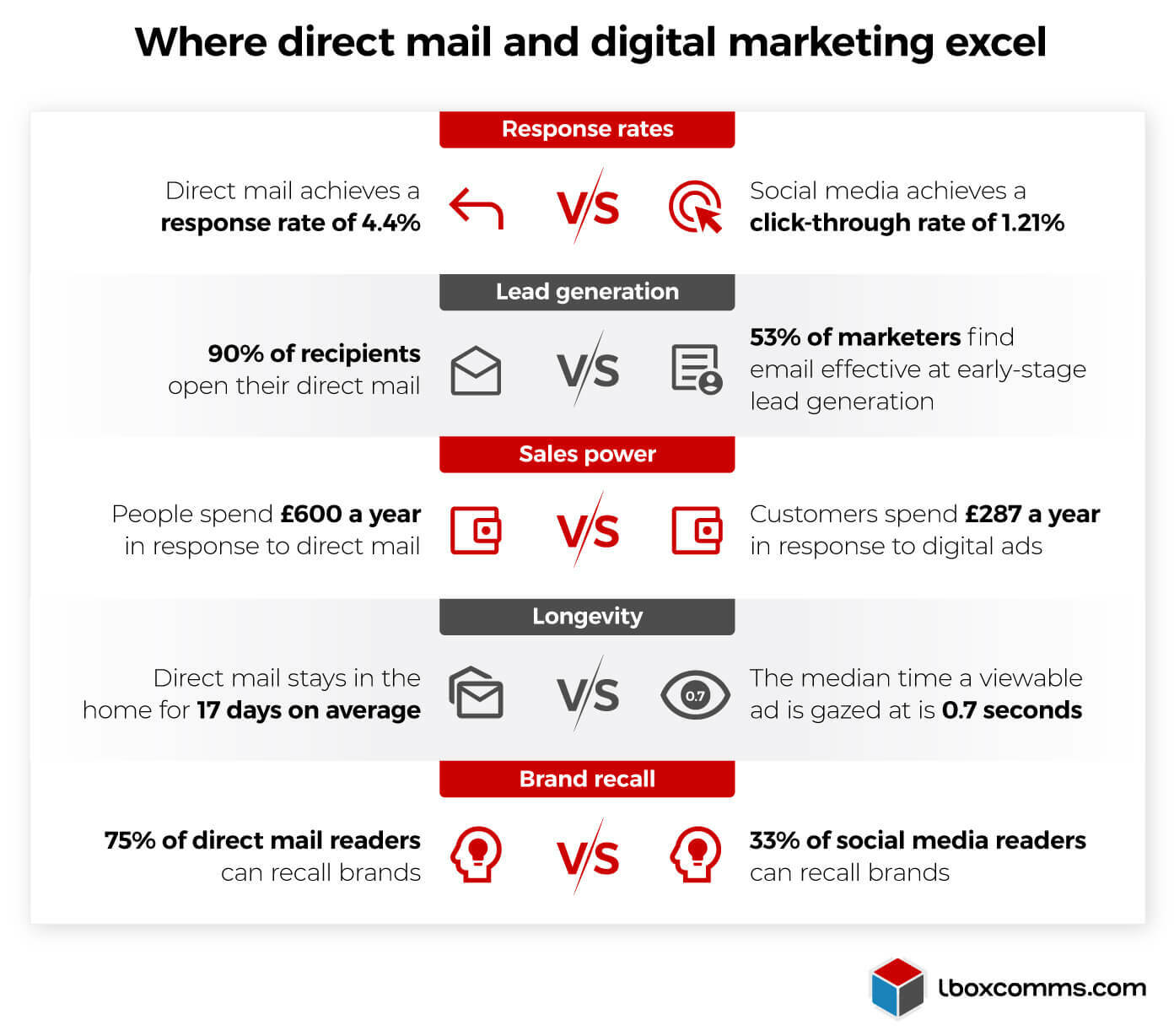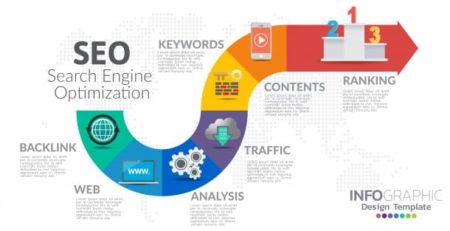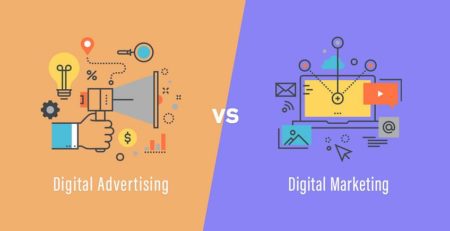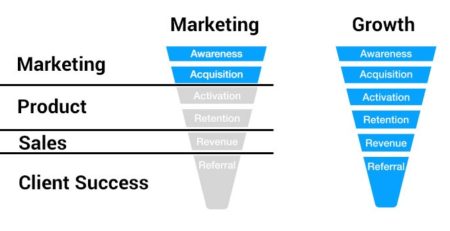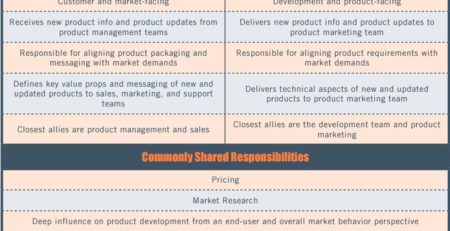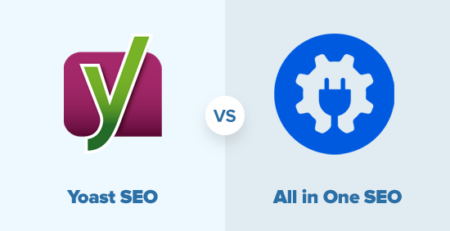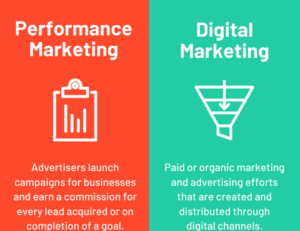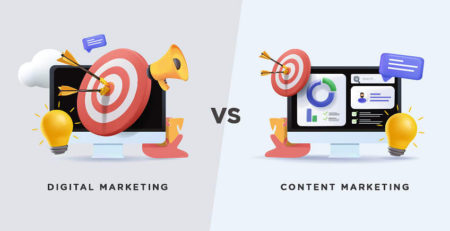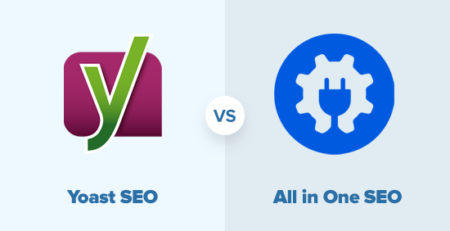Direct Mail Vs Digital Marketing: Which Is Best In 2023?
In the world of marketing, there are always new strategies and trends to explore. One debate that has been ongoing is the battle between direct mail and digital marketing. Which one is more effective? Which one should businesses invest in? Let’s dive in and explore the exciting world of direct mail versus digital marketing.
Direct mail has been around for decades, with companies utilizing this traditional approach to reach their target audience. On the other hand, digital marketing has taken the world by storm, leveraging the power of the internet to connect with customers. So, what exactly are the differences between the two?
Direct mail involves sending physical mail, such as brochures or postcards, directly to people’s mailboxes. It has a personal touch and can make a lasting impression. On the flip side, digital marketing utilizes online platforms like social media, email, and websites to promote products or services. It offers convenience and instant communication. Both methods have their advantages and disadvantages, and it’s crucial to understand which one suits your business goals better.
Now that you have a brief overview, let’s delve deeper into the pros and cons of direct mail and digital marketing, so you can make an informed decision that aligns with your marketing objectives. So, buckle up and get ready to explore both sides of the direct mail versus digital marketing debate!
Looking to reach your audience effectively? Direct Mail and Digital Marketing are two popular strategies to consider. Let’s compare their features:
| Direct Mail | Digital Marketing |
| 1. Tangible and Personal | 1. Wide Reach and Targeting |
| 2. High Response Rates | 2. Real-Time Tracking |
| 3. Enhanced Brand Recall | 3. Cost-Effective |
| 4. Less Digital Noise | 4. Interactivity and Engagement |
| 5. Better Trust and Credibility | 5. Easy A/B Testing |
Both methods have their unique advantages, so consider your goals and target audience to make an informed decision.
Key Takeaways: Direct Mail Vs Digital Marketing
1. Direct mail involves sending physical mail, like postcards or letters, to targeted recipients.
2. Digital marketing encompasses online strategies such as social media, email marketing, and paid ads.
3. Direct mail allows for a tangible and personal connection with customers.
4. Digital marketing offers a broader reach and immediate data analysis.
5. Both direct mail and digital marketing have their benefits, so it’s important to choose based on your business goals and target audience.
Comparing Direct Mail Vs Digital Marketing
When it comes to marketing strategies, there are a plethora of options available to businesses. Two popular choices are direct mail and digital marketing. While both methods aim to reach and engage with a target audience, they each have their own unique advantages and disadvantages. In this article, we will explore the key features, user experience, pros and cons, and price comparison of direct mail and digital marketing. By the end, we hope to provide you with the necessary information to determine which strategy is better suited for your specific marketing needs.
Overview of Direct Mail
Direct mail, as the name suggests, is a marketing method that involves sending physical mail directly to individuals or businesses. This can include postcards, letters, catalogs, or promotional materials. Direct mail allows for a tangible and personalized experience, as recipients can hold and interact with the marketing materials. It can be a targeted approach, reaching a specific audience based on factors such as location, demographic information, or purchase history.
One of the main benefits of direct mail is its ability to stand out in a digital world. With so much marketing happening online, receiving physical mail can capture the attention of recipients and create a memorable experience. Another advantage is the ability to tailor the message to the recipient, making it more personal and relevant. Additionally, direct mail allows for creative freedom, as marketers can incorporate eye-catching designs, textures, and even scents to create a lasting impression.
Despite its advantages, direct mail does have some drawbacks. It can be more time-consuming and costly compared to digital marketing efforts. Printing and postage costs can add up, especially for large-scale campaigns. Furthermore, direct mail campaigns may have a lower response rate compared to digital marketing, as not all recipients may engage with or open the mail they receive.
Overview of Digital Marketing
Digital marketing encompasses a broad range of strategies that utilize digital channels to reach and engage with an audience. This can include websites, email marketing, social media advertising, search engine optimization (SEO), pay-per-click (PPC) advertising, and more. Digital marketing offers a wide reach, allowing businesses to connect with a global audience in real time. It is a cost-effective approach, as the costs of digital marketing campaigns can be tailored to fit any budget.
One of the key advantages of digital marketing is the ability to track and measure campaign performance. With analytics tools, marketers can gain insights into user behavior, demographics, conversion rates, and more. This data allows for optimization and targeted messaging, ensuring that marketing efforts are effective and efficient. Digital marketing also offers the potential for immediate engagement and interaction, as users can click on ads, visit websites, and make purchases with just a few clicks.
However, digital marketing is not without its challenges. With the influx of online advertising, it can be difficult to stand out and capture the attention of users. Additionally, digital marketing requires a certain level of technical knowledge and expertise, as strategies like SEO and PPC advertising require ongoing optimization and monitoring. Furthermore, there is a risk of ad fatigue, as users may become immune to digital ads or simply ignore them.
Key Features Compared
Targeting and Personalization
Direct Mail: Direct mail allows for precise targeting based on factors such as location, demographics, and purchase history. It also offers the opportunity for personalization, as each piece of mail can be tailored to the recipient’s preferences and interests.
Digital Marketing: Digital marketing also allows for targeting and personalization, but in a different way. With data-driven insights, businesses can target specific audiences based on online behavior, interests, and demographics. Personalized emails and dynamic content can be used to deliver tailored messages to individuals.
Cost and ROI
Direct Mail: Direct mail campaigns can be costly, as they require printing and postage expenses. However, the return on investment (ROI) can be high if the campaign is well-targeted and effective.
Digital Marketing: Digital marketing is generally more cost-effective compared to direct mail. Businesses can set their own budgets for campaigns, making it accessible to a wide range of businesses. The ROI can also be easily tracked and measured with analytics tools.
Engagement and Interaction
Direct Mail: Direct mail offers a tangible and physical experience, allowing recipients to interact with the marketing materials. This can create a lasting impression and a sense of personal connection.
Digital Marketing: Digital marketing allows for immediate engagement and interaction. Users can click on ads, visit websites, fill out forms, and make purchases with just a few clicks. Social media platforms also provide opportunities for users to like, comment, and share content.
User Experience
Direct Mail: The user experience with direct mail can be seen as more personal and less invasive. People can choose when and how to engage with the marketing materials.
Digital Marketing: Digital marketing can be more invasive, as users are exposed to ads and content while browsing the internet or using social media platforms. However, well-targeted and relevant digital marketing can enhance the user experience by providing valuable information, offers, or solutions.
Creativity and Design
Direct Mail: Direct mail provides an opportunity for creativity and unique design elements. Marketers can utilize various sizes, shapes, textures, colors, and even scents to capture attention and stand out.
Digital Marketing: Digital marketing also allows for creative expression, but within the limitations of digital platforms. Marketers can use visually appealing graphics, videos, animations, and interactive elements to engage with the audience.
Tracking and Analytics
Direct Mail: Tracking and measuring the success of direct mail campaigns can be more challenging compared to digital marketing. Response rates can be tracked by including unique URLs, QR codes, or dedicated phone numbers, but it may not provide a comprehensive view of audience engagement.
Digital Marketing: Digital marketing offers robust tracking and analytics capabilities. Marketers can gain insights into user behavior, demographics, conversion rates, and more. This data allows for optimization and better targeting of future campaigns.
User Experience
When it comes to user experience, both direct mail and digital marketing offer unique advantages. Direct mail provides a tangible and physical experience that can create a lasting impression. Recipients can hold and interact with the marketing materials, giving them a sense of personal connection. On the other hand, digital marketing offers immediate engagement and interaction. Users can click on ads, visit websites, make purchases, and share content with just a few clicks. The ability to provide valuable information, offers, or solutions in a convenient and accessible manner enhances the user experience. It ultimately depends on the preferences and behaviors of the target audience to determine which method will provide a more satisfying user experience.
Frequently Asked Questions
Welcome to our Frequently Asked Questions section on the topic of Direct Mail vs Digital Marketing. This section aims to provide answers to commonly asked questions regarding the differences, benefits, and effectiveness of these two marketing strategies. Whether you’re a business owner, marketer, or simply curious about these marketing methods, we hope to provide valuable insights to help you make informed decisions for your own marketing endeavors.
1. Which marketing method is more cost-effective, direct mail or digital marketing?
When it comes to cost-effectiveness, digital marketing usually holds an advantage over direct mail. While direct mail may involve costs for printing, postage, and design, digital marketing offers more affordable options. With digital marketing, businesses can reach a wider audience at a fraction of the cost through channels like social media, email campaigns, and online ads. Additionally, digital marketing allows for easier tracking and analysis, enabling businesses to maximize their return on investment.
However, it’s important to note that the effectiveness of each method in reaching your target audience and achieving your marketing goals should also be considered. It may be worthwhile to combine both direct mail and digital marketing strategies to create a comprehensive and cost-effective marketing campaign.
2. Which method has a higher response rate, direct mail or digital marketing?
The response rates for direct mail and digital marketing can vary depending on several factors, including the target audience, industry, and the content of the marketing materials. Generally, studies suggest that direct mail tends to have higher response rates compared to digital marketing.
Direct mail has a tangible and personal nature that can make it more engaging for recipients. Touching physical mail can create a sense of curiosity and increase the likelihood of opening and reading the message. Additionally, direct mail can be targeted to specific demographics, making it more relevant to the recipients. On the other hand, digital marketing may face challenges such as information overload and lower attention spans. However, with effective targeting and personalized digital campaigns, digital marketing can also yield impressive response rates.
3. Does direct mail or digital marketing have a wider reach?
While digital marketing has the potential to reach a global audience due to the internet’s widespread accessibility, direct mail can also have a significant reach when strategically targeted. Digital marketing can reach a larger number of people due to its online nature and various platforms available.
However, direct mail has the advantage of reaching specific households or businesses directly, making it an effective method for targeting a local or niche audience. By utilizing mailing lists, businesses can tailor their campaigns to specific geographical areas or demographics, ensuring their message reaches the right people. So, the reach of each method ultimately depends on your target audience and marketing goals.
4. Which method provides better ROI, direct mail or digital marketing?
Return on Investment (ROI) can vary depending on numerous factors such as industry, target audience, and campaign strategies. While digital marketing is often favored for its trackability and analytics tools that allow businesses to measure ROI more precisely, direct mail can still provide an excellent return on investment.
However, it’s important to note that ROI is not solely based on response rates. Factors like the average value per customer and long-term customer loyalty should be considered. A comprehensive marketing strategy that combines elements of both direct mail and digital marketing can often provide the best ROI, as it allows businesses to maximize their reach and engagement across different channels while targeting specific demographics.
5. Is one marketing method better than the other, or should we use a combination?
There is no one-size-fits-all answer to this question, as the effectiveness of each marketing method can vary depending on various factors. Instead of focusing on one method over the other, it is often more beneficial to use a combination of both direct mail and digital marketing strategies.
By integrating the strengths of direct mail and digital marketing, businesses can create a comprehensive marketing campaign that reaches a wider audience while maintaining a personal touch. Direct mail can help establish brand credibility and engage with targeted audiences, while digital marketing can amplify reach, provide real-time feedback, and enable continuous communication with customers. Using a multi-channel approach allows businesses to leverage the unique advantages of each method, ultimately maximizing their marketing efforts and achieving better results.
Direct Mail vs Digital Marketing: What’s Right for Your Brand?
Summary
So, in this article, we talked about direct mail and digital marketing. Direct mail is when companies send you mail at home, like brochures or letters. Digital marketing is when companies promote their products or services online, using things like emails or advertisements on websites.
We learned that both direct mail and digital marketing have their advantages and disadvantages. Direct mail can be more personal and tangible, but it can also be expensive and take a long time to reach you. On the other hand, digital marketing is faster and can reach a wider audience, but it may not feel as personal.
It’s important to remember that different people prefer different ways of receiving information. Some may enjoy getting mail they can hold and read, while others prefer the convenience of finding information online. Companies need to consider their target audience and what will work best for them.
So, whether it’s through direct mail or digital marketing, companies have to find the right balance to reach people and get their message across effectively. Both methods have their own strengths and weaknesses, so it’s all about finding what works best for the company and the people they want to reach.

